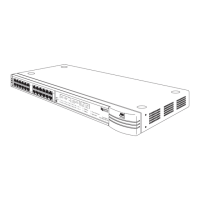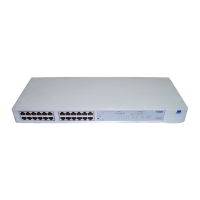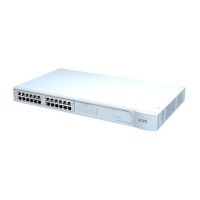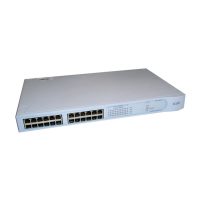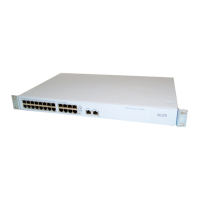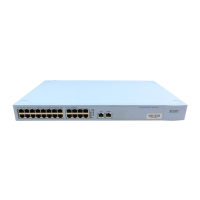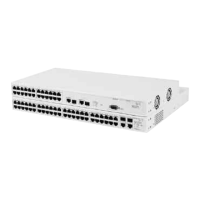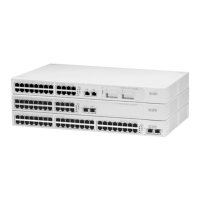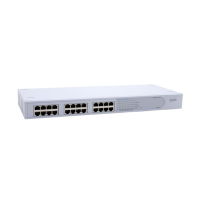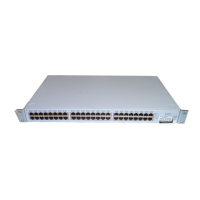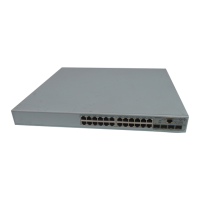Using ping 119
The following are possible responses to a ping:
■ If the host is reachable, the Layer 3 Module displays information about
the ICMP reply packets and the response time to the ping. The
amount of information depends on whether the quiet option is
enabled or disabled.
■ If the host does not respond, the Layer 3 Module displays the ICMP
packet information and the message,
Host is Not Responding.
■ If the packets cannot reach the host, the Layer 3 Module displays the
ICMP packet information and the message,
Host is Unreachable.
A host is unreachable when there is no route to that host.
Using the ping
Command
Use the
ping command to ping a destination using the default ping
options (see Table 31 on page 120). To change the default ping options,
use the
advancedPing command and press [Enter] until you see the
prompt for the option you want to change.
To ping a host with the default ping options:
1 Enter the following at the top-level menu:
ip ping
2 At the prompt, specify the destination hostname or IP address.
The following example shows a successful ping with the default options:
Select menu option (ip): ping
Enter host name/IP address [0.0.0.0]: 10.204.20.75
Press “Enter” key to interrupt.
PING 10.204.20.75: 64 byte packets
64 bytes from 10.204.20.75: icmp_seq=0. time=16. ms
64 bytes from 10.204.20.75: icmp_seq=1. time=19. ms
64 bytes from 10.204.20.75: icmp_seq=2. time=24. ms
---- 10.204.20.75 PING Statistics ----
3 packets transmitted, 3 packets received, 0% packet loss
round-trip (ms) min/avg/max = 16/20/24
Table 31 lists the default values for a ping command.
